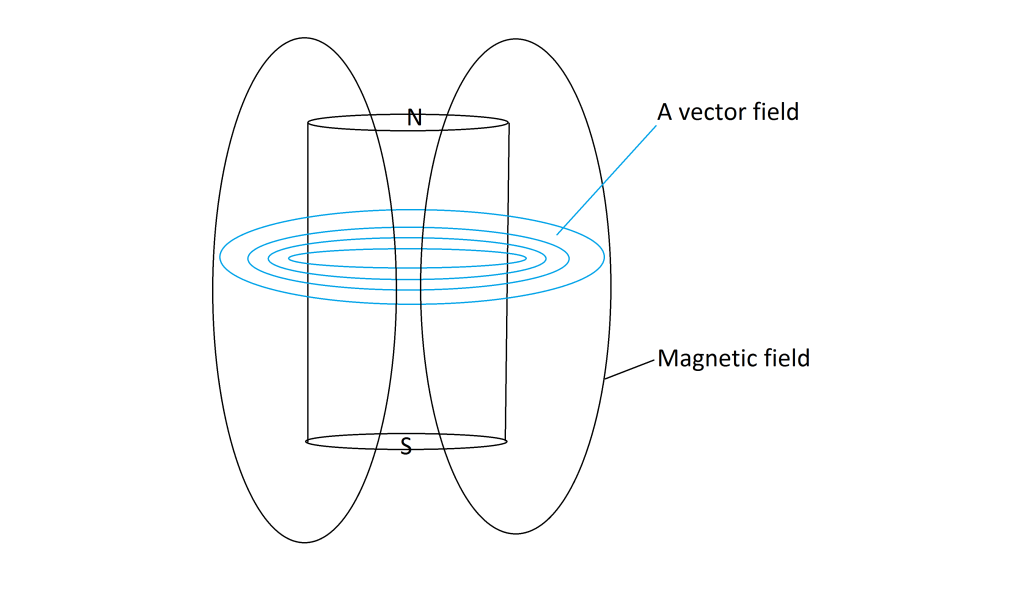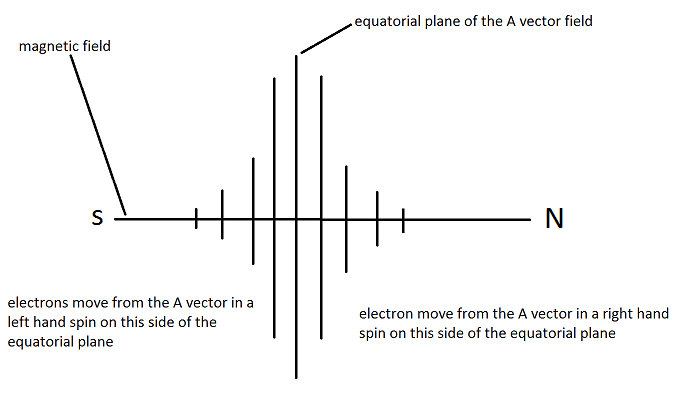Originally posted by qvision
View Post
ImageShack® - Online Photo and Video Hosting
The total input would be core losses and load. I also think majority of core loss is hysteresis.
total input = core losses + load
Let's say you run the rotor without a core, then core loss and load is zero. There will be input but we offset it to zero as baseline. Now you introduce a core and open coil. The total input would be just core loss as the graph shown. When you load the coil with high resistance, core losses go down but then load go up since we don't delay Lenz too much. Notice that if you add core loss and load for this case, the input would be more than just core. This is conventional. If we keep lowering L/R, then core loss continue to go down and load continue to go down till they reach a value equal to just core loss. This is where no speed change is observed when you load. If we continue to further delay lenz, we will reach a point where core loss and load will be almost zero. This is where speed up observed. However, carefully notice that this a situation with no core, or a baseline case.















Comment